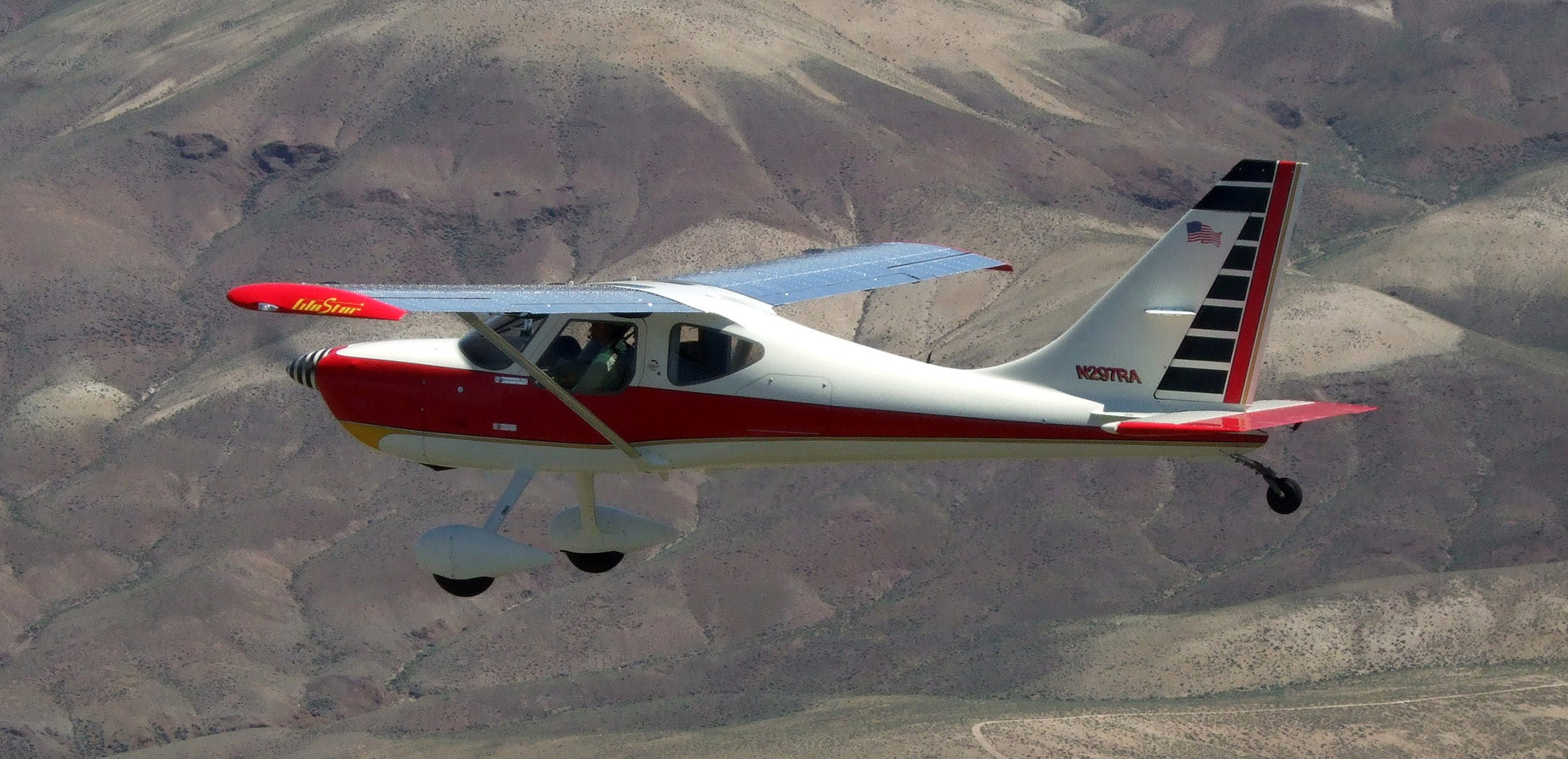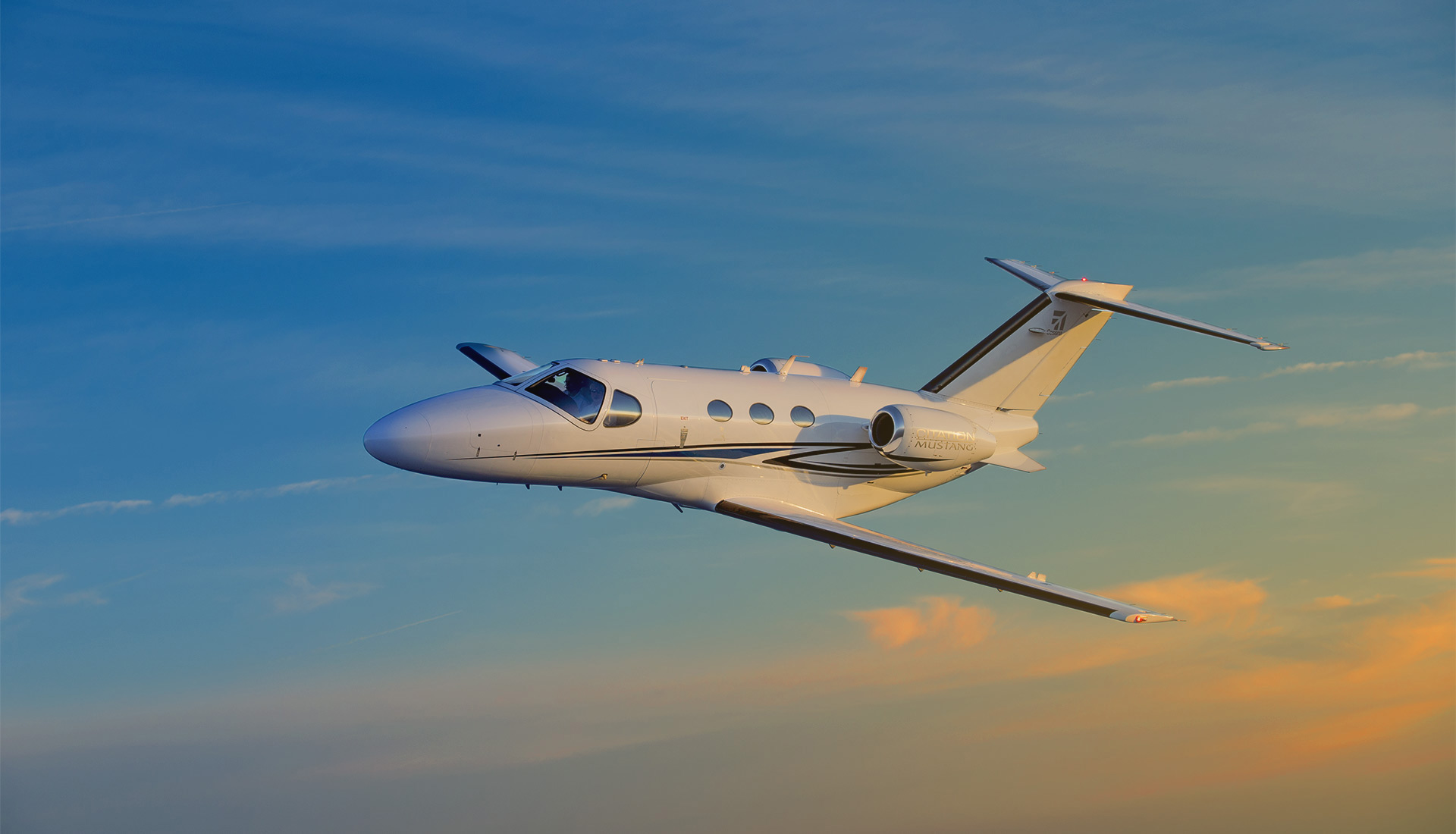Useful Load Aircraft - When you enter the world of aircraft ownership and analyze the various aircraft models for purchase, it quickly becomes clear that each offers different combinations of strengths and weaknesses. Some have better payload at the expense of increased fuel burn. Some can access very short runways at cruising speed. But very few offer the unique combination of capabilities of the Cessna Skycatcher.
For the price of limited payload and expensive, hard-to-find replacement parts, the Skycatcher offers reasonably sporty performance and modern avionics with an airframe and engine less than 10 years old. Here, we explore the trade-offs and evaluate the ownership experience.
Useful Load Aircraft

The Skycatcher story is an interesting footnote in the history of general aviation. Introduced in 2007 as a modern, low-cost aircraft for training and personal use belonging to the then new light-sport aircraft category, it attracted more than 1,000 orders before first delivery in 2009.
Piper Archer Pa28 181
As the 150s and 152s aged, privateers and flight schools were attracted to the updated two-seat Cessna concept with more cabin space, modernized avionics, proven product support and a price tag under $100,000. .
At the time, the market was ripe for such an aircraft, and the 162 was ready to fill the void perfectly. And because it is LSA certified, it can be flown by sport pilots without a medical certificate. But for several reasons, it is considered a failure in the general aviation market.
By most accounts, this was primarily due to two closely related factors: the failure to meet the original target price and the decision to assemble the aircraft in China. Although Textron Aviation (then Cessna) thought entering the Asian market would allow it to sell more aircraft, this never happened and forced the existing US market to bear costs it could never afford. For example, engines may be shipped from a US it. manufacturer to China for installation before complete aircraft can be shipped back to the US.
To maintain acceptable profit margins when such logistical costs were added, Cessna had to raise the price of the Skycatcher accordingly, from an original target of $100,000 to a final price of $149,000. Buyers were disappointed by the two price hikes. Also the decision to assemble the planes in China, and orders were canceled en masse. Ultimately, Cessna ended up building and selling 275 aircraft before canceling the program completely.
More Power: Transitioning To High Performance Airplanes
As of this writing, nine Skycatchers are listed for sale in various locations in the US. All but one were built in 2011. The average airframe and engine hours of those listed are about 850 hours, and asking prices range from $39,500 to $69,950, with an average price of $53,950.
Of the examples listed for sale, only two were upgraded with ADS-B. This is an important concern when shopping for the 162, as the only ADS-B solution approved by Textron Aviation at this time - the Garmin GDL 82 - is expensive.
The GDL 82 itself lists for $1,795, and multiple owners surveyed reported a bill totaling $5,000 to $8,000 for parts and installation. Such costs must be taken into account when purchasing a Skycatcher without ADS-B, and prices for unequipped examples may be affected accordingly.
While the Skycatcher shares the same general dimensions and layout as the familiar 150/152, the similarities begin to fade as soon as you reach the door handle. Entry into the cabin is easy, as the wing beam is positioned behind the cabin door, so occupants can enter and exit the cabin without stepping on the main gear. This configuration creates a low natural barrier between the occupants and the propeller, however, it is important to shut down the engine before allowing anyone to enter or exit the cabin.
P2006t By Tecnam: Affordable Twin Engine Aircraft For Sale
The doors swing up, making entry even easier. But initially, many door latches fail, causing the doors to open in flight. This is usually not a problem on most flights; Traditional forward-hinged doors actually only open a few inches into the plane. In the case of the Skycatcher, however, the gull-wing doors hit the wind, blew open, and were damaged beyond repair.
Cessna later introduced a secondary door-latch modification to prevent this from happening. It proved to be a good investment, with multiple owners reporting paying $5,000 for a replacement door from Textron Aviation.
When you sit in the cockpit, it is quickly clear that you are in a modern aircraft. Gone are the old-fashioned greens, oranges and tans of the vintage trainers of the 1960s and 70s. In their place is a stripped-down, utilitarian interior, completely without any extra trim or upholstery. The floor and walls of the cabin reminiscent of a high-quality fishing boat, with rivets, flash holes and durable anti-slip paint visible while there is no carpet or molding.
The minimalist interior was intended to lighten the airframe as much as possible and enable the aircraft to meet the strict maximum LSA weight limit of 1,320 pounds. Although not unpleasant to look at, the interior still lacks comforts such as heat and sound insulation. This is most evident on cold days because any throttle setting below maximum cruise will result in a much cooler cabin temperature. Applying carb heat further robs the cabin of heat, making the winter model feel too cold to operate in cold weather.
Maximum Takeoff Weight
Fortunately, the generous cabin width offers some room for warm jackets. Compared to the 150, the Skycatcher offers an additional 8.6 inches of width at the shoulders. The cabin is a full 4 inches wider than the Cessna 172N.
Skycatcher is not particularly good in hot weather. The windows on both sides are non-opening, with two wing root vents cooling the entire cabin.
The instrument panel is very clean and modern, with a Garmin G300 replacing the traditional analog instruments. When it comes to training, pilots starting with this avionics suite will find the transition to the G1000 smooth.

Because the flight instruments are all located on the G300's primary flight display, a total power failure—possible, though certainly rare—could leave the pilot landing without an instrument-based airspeed reference. A good check-in in the airplane involves flying an approach without pointing the G300, practicing landing the airplane using its important aerodynamic, aural and visual cues. The experience is nothing like landing an old piper cab.
Textron Aviation Brings New Upgrades To Piston Product Lineup
The control sticks are also noticeable. Combining design elements from both sticks and yokes (and thus earning the nickname "Stokes"), they look like traditional control sticks but are attached to the bottom of the control panel instead of on the floor.
This design saves legroom, and many pilots find it an easy, obvious change from standard yokes. An electric trim switch is mounted on top of each stick. The Skycatcher does not have manual trim and the trim position is indicated on the PFD.
While Skycatcher's light weight creates some compromises in some areas, it offers significant improvements in others. As with many LSAs, flying in rough and bumpy conditions is minimal. But the lighter weight also provides better takeoff and climb performance compared to the 150 with the same engine. Takeoff ground roll is as low as 95 feet at 13 percent or 640 feet, and owners report takeoff rolls of about 300 feet when flying solo at low weights.
The rate of climb at sea level is 880 feet per minute, a 24 percent or 210 fpm improvement over 150. Cruise speed is also improved, with the 75 percent power setting resulting in 111 kta at 4,000 feet, an approximate improvement of 8 knots over 150.
Aircraft Weight And Balance Terminology
Skycatcher owners report good handling characteristics in the aircraft, with no bad manners or unexpected characteristics. Both power-off and power-on stalls are good and predictable and occur without the sudden wing drop of many 150s or 152s.
The refined handling characteristics and flight characteristics reflect Cessna's thorough testing and certification process. Although approved as an LSA, the aircraft underwent the same testing and procedures as if it had been built and sold as a standard category aircraft - a total of 533 spins completed during the program. Accordingly, it does not have the bad characteristics or idiosyncrasies that sometimes haunt other LSAs.
Pilots accustomed to making full-stall landings at 150 or 152 find that the Skycatcher Flare has less tail clearance and is therefore more prone to tail strikes, especially in gusty conditions. It is an aircraft that rewards a flatter approach, good airspeed control and less aggressive fire. To get a feel for the visual image, you can sit in the left seat on the ground, with another pilot holding the tail in the landing attitude.

Cessna's weight-saving measures are evident in various locations from the manual flaps
The Real Cost Of Owning An Airplane
Mooney aircraft for sale, used aircraft tools for sale, mooney aircraft for sale canada, used mooney aircraft, mooney aircraft for sale by owner, used aircraft parts for sale, used aircraft instruments for sale, mooney aircraft company for sale, mooney aircraft parts for sale, new mooney aircraft for sale, mooney mite aircraft for sale, used mooney for sale


0 Comments